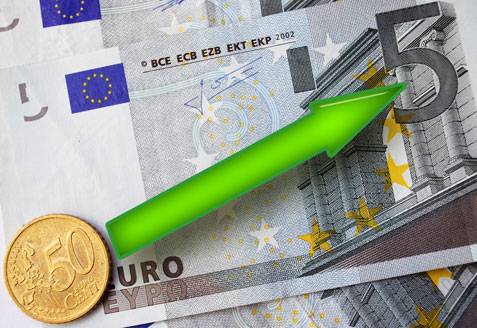Nickel prices rose slightly during Wednesday trading, supported by a stronger US dollar against most major currencies, as well as mixed forecasts for the industrial metal.
According to a new analysis released this week by UBS, the global nickel market is expected to remain in surplus until 2026, despite recently announced production cuts.
The report noted that the market experienced a “significant surplus” from 2022 to 2024, adding that current nickel prices and market trends already reflect these weak fundamentals. Analysts do not expect a near-term recovery in demand, citing reduced stainless steel production and low probability of a rebound in battery demand growth.
Some progress has been made on the supply side toward rebalancing the market in 2024, with production cuts totaling around 250,000 tonnes and project delays totaling about 140,000 tonnes. However, UBS views these measures as insufficient, given that Indonesia continues to expand output capacity despite some raw material constraints.
While global nickel demand has shown relative resilience compared to other base metals in recent years, oversupply has led to production cuts in the stainless steel sector in both China and Indonesia. UBS expects nickel demand growth to remain strong at 4% to 5% annually from 2025 to 2028, compared to 9% annually between 2021 and 2024.
Although UBS forecasts a smaller market surplus during the 2025–2028 period, it is still expected to be “large enough to contribute to further buildup in refined nickel inventories on the London Metal Exchange (LME).” The report noted that current LME nickel prices are situated in the upper quartile (75%) of the cost curve, a level that has historically supported prices. However, UBS warned that nickel has previously traded within the cost curve for extended periods.
Second Half Outlook
Analysts now expect nickel prices to rebound sharply in the second half of 2025, driven by nickel ore shortages and the closure of several mines in Indonesia.
In mid-June 2025, the Indonesian government revoked mining licenses for several nickel mines after it was revealed that extraction operations were taking place on legally protected islands where mining should not be permitted. Although the four mines represented a small portion of Indonesia’s total annual output, they accounted for a large share of the country’s remaining high-grade nickel ore deposits.
Declining ore quality in Indonesia, particularly in medium- and high-grade reserves, had already begun to negatively affect the production of nickel pig iron (NPI) even before the mining ban.
Separately, EU member states agreed on a sweeping update to customs procedures, aimed at adapting to digital and global trade developments.
However, the first changes are not expected to take effect until 2028 and will initially be limited to e-commerce companies, as part of a long-term plan to overhaul the European customs framework.
Meanwhile, the US dollar index rose by 0.1% to 97.4 points at 15:00 GMT, reaching a high of 97.6 and a low of 97.3.
As for trading, spot nickel contracts rose 1.2% to $15,500 per tonne as of 15:11 GMT.


